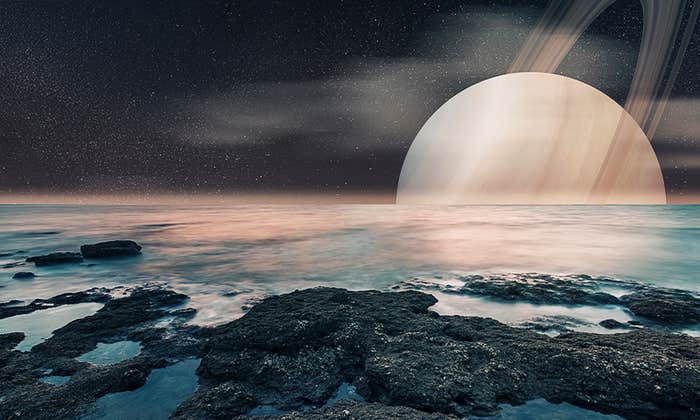One question for Miguel Aragon, a computational physicist at the National Autonomous University of Mexico, where he studies the large-scale structure of the universe, galaxy formation, machine learning, data mining, and visualization.

What makes the Milky Way special?
The Milky Way galaxy in itself is not really special. There are many galaxies with the same shape, the same kind of stars, the same mass. What makes it special is where it is located. The Milky Way is sitting near the center of our cosmological wall, a very flat association of galaxies that forms a membrane between cosmological voids. Where we look at these walls, we find that most of the walls are made up of galaxies that are 10 times smaller than our Milky Way. The universe has walls all populated by really tiny galaxies. And suddenly, here we are, a monster inside the middle of this wall. That is what makes us special: Even though we are a very common galaxy, it is extremely rare to find a galaxy like us with the same mass in such a wall. We should be 10 times smaller.
I’m going to show you a cosmological wall so you can actually see it. This is a 3-D print that I use a lot to show the cosmic web.

This will measure from side to side like 100 million lightyears. And the galaxy here will be a really tiny grain of salt. The plastic shows you the places where you are more likely to find galaxies, like the Milky Way. The universe looks like a sponge. It’s this system of interconnected cells. The regions of space that are completely empty are cosmological voids. The universe is mostly empty cells. This membrane that’s flat is a cosmological wall. We are right in the middle of one of these membranes. We’re actually sitting right in between two voids. It’s something that is not commonly understood, but we’re actually literally at the edge of a cosmic cliff. If you take a spaceship and fly toward the void, to this nothingness, you could be flying for hundreds of millions of years not finding anything. Amazing.
The galaxies are not static. They are moving. They have random motions. Galaxies like the Milky Way live in filaments, in clusters. A filament will be the intersection between several walls. Matter moves away from the filaments to form clusters. You end up with a system very similar to bubbles. You go from from very low-density voids to slightly denser walls, even denser filaments, and very massive and dense clusters. Research over decades looking into velocity dispersion around galaxies—a measure of the amount mass and where it’s moving—has found that around most galaxies it is on the order of 100 to 300 kilometers per second. But when you look at the velocity dispersions around the Milky Way, it’s around 35 kilometers per second. So it’s 10 times lower than what we would expect.
We’re actually literally at the edge of a cosmic cliff.
This has been considered a mystery. We don’t know why it is so cold. We say “cold” because everything’s moving very slow. That’s also part of the puzzle. Finding a very massive Milky Way in such a cold environment is very difficult. We’re in a very cold wall. The colder the wall, the harder it is to produce massive galaxies. Why is that? The colder the wall, the faster the matter is moving into the nearby filaments, due to gravity. A similar process will happen when you expand a gas. You expand a gas and the gas cools down—it’s the same: You have a wall, you expand the wall, and the wall cools down.
Imagine you are a galaxy. You are growing, trying to accrete mass to grow. But then all the matter is moving away from you because the wall is expanding. The matter is moving away from the center of the wall into the filaments, and you are at the center trying to catch matter. You just cannot get enough matter. That’s why you don’t grow. That is the reason why it is difficult to find massive galaxies in walls, because you are trying to grow and everything is moving away from you. But if you’re in the filament, the matter is falling into you from the walls. The filaments also lose matter because the filaments intersect with each other. The places where they intersect are slightly more dense.
One thing that we would like to explore is whether the fact that we are so massive in this wall somehow helped the development of life. We are very massive, and there are only tiny galaxies around us. We have been eating little galaxies. You can actually see them in the sky. In the last 20 years with these massive surveys, we as a community have identified streams of stars that are slightly different than the others. These streams of stars are galaxies that our galaxy at some point ate. But these are really tiny galaxies. If we were living in a cluster, we would be crashing against all the large galaxies. And that would be really bad. Every time you crash, you produce a lot of stars, a lot of supernovae. Supernovae tend to produce new elements, but they also tend to wipe out whatever’s nearby. ![]()
Lead image: Denis Belitsky / Shutterstock




























